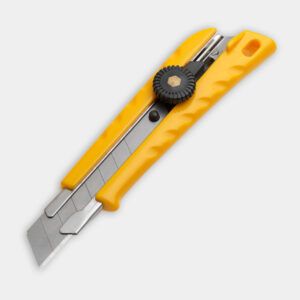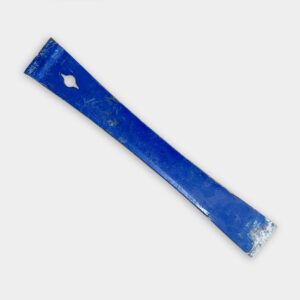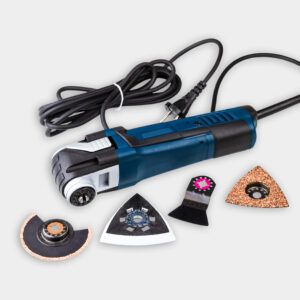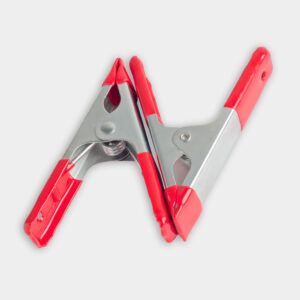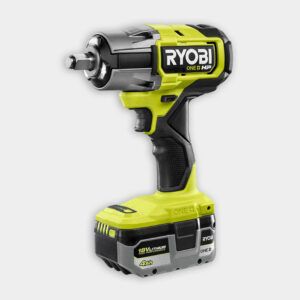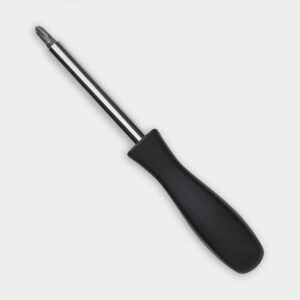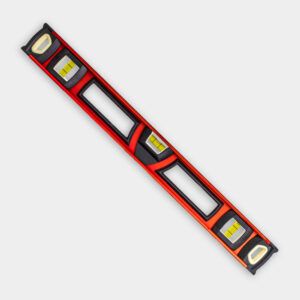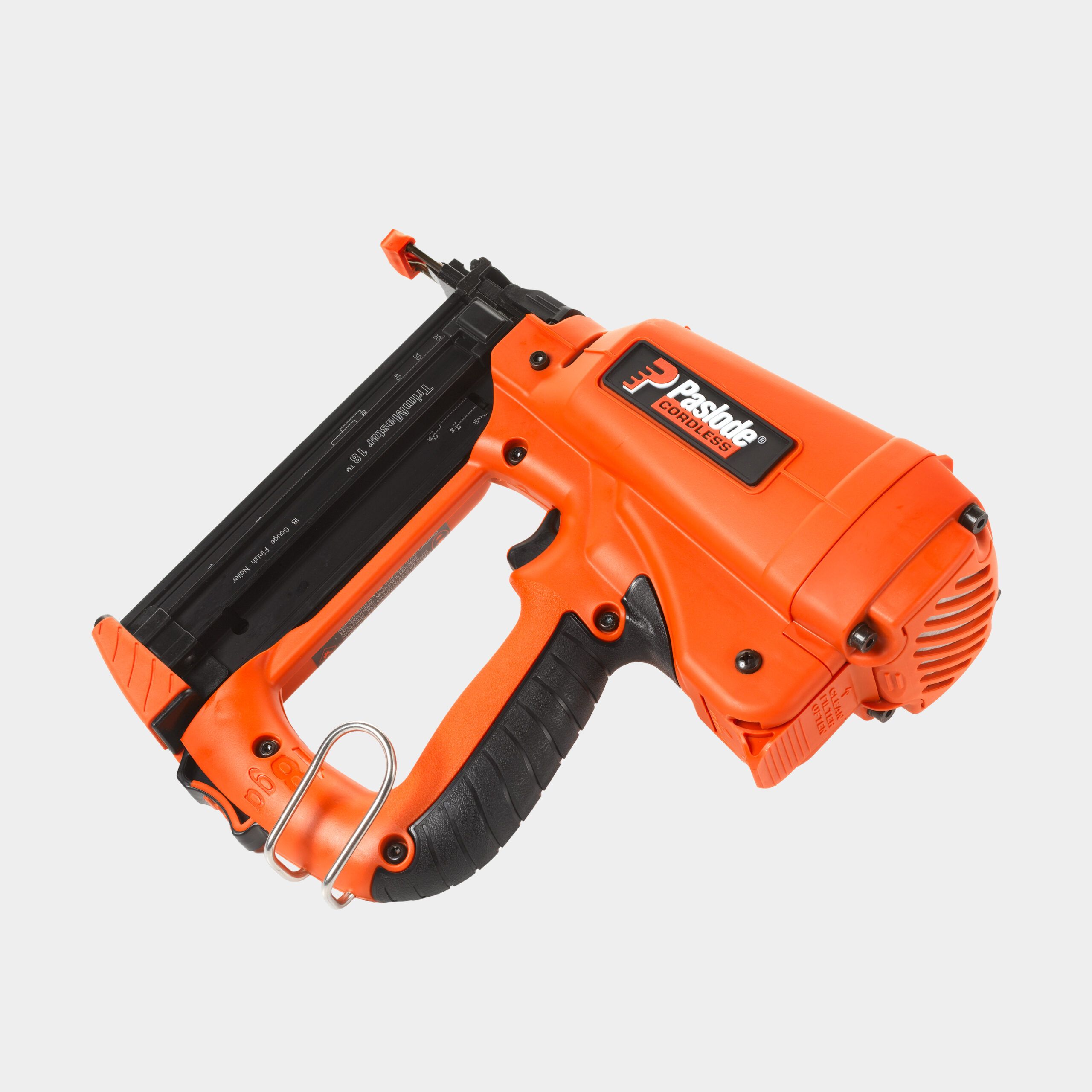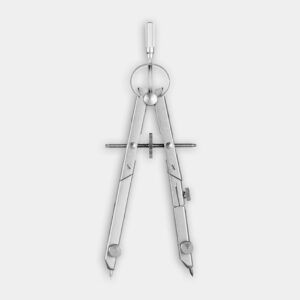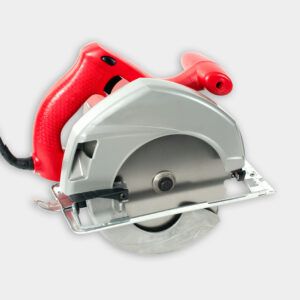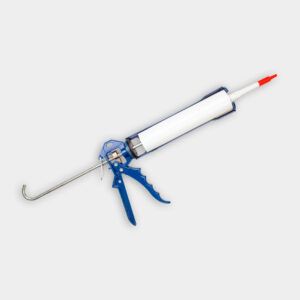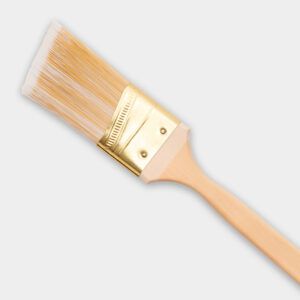We may be compensated if you purchase through links on our website. Our team is committed to delivering honest, objective, and independent reviews on home products and services.
Homeowners who want to add style and storage space to their households should consider installing their own custom shelving. The process can be a breeze if you use stock shelving units as a base, and the results can be professional-looking if you properly prepare the space and add the right finishing touches. Read our guide below for a step-by-step guide on how to install custom built-in shelving, and watch the video above for tips from This Old House contractor Tom Silva.
Planning Your Custom Built-In With Stock Shelving
You must properly plan for your do-it-yourself project before you start construction. Start by measuring the area on which you plan to install your built-in. Pay attention to the ceiling height and features such as windows or baseboards. Choose stock shelving units that fit your space, and leave a little room for customization. This approach will save you time and help the unit blend seamlessly into the room.
Gathering Materials and Tools
Gather the following tools and materials before you start converting stock shelving into a custom built-in:
- Baseboard molding
- Circular saw
- Construction adhesive
- Crown molding
- Drill and impact driver
- Finish nails
- Level
- Nail gun
- Oscillating multi-tool
- Paint or stain
- Pine boards for face frames and fillers
- Pry bars
- Stock shelving units
- Stud finder
- Utility knife
- Wood screws
- Wood shims
Preparing the Space for Shelving Units
Prepare the wall and remove any existing trim before you install the shelving units. Follow the steps below to remove your baseboards:
- Score along the top and bottom edges of the baseboard using a utility knife.
- Carefully pry the baseboard away from the wall using flat pry bars.
- Use an oscillating multi-tool to address baseboards that extend beyond the built-in area. Make a clean cut where the new unit will end.
Use a stud finder to locate and mark wall studs. You’ll need these to attach the shelving units to the wall.
Installing the Stock Shelving Units
Once you’ve properly prepared the space, you can begin installing the stock shelving units that will form the base of your custom built-in.
Assembling and Positioning the Units
If you’re working with multiple units, clamp and screw them together with 1 1/4-inch decking screws. Place any extension units on top of the base cabinets and secure them with fasteners. After you’re done assembling, position the unit against the wall, and make sure it’s level and plumb.
Securing the Units to the Wall
Insert wood shims under the front of the cabinet if you need to level them. Use a level to check for plumb, then attach the cabinet to the wall studs with screws.
Customizing the Built-In Shelves
Now that you’ve put the stock units in place, you can add custom details.
Adding Filler Strips and Fascia
Follow the steps below to create a seamless appearance:
- Cut and install 1/8-inch-thick pine filler strips along the top edge of the cabinets.
- Secure a 2-by-4 nailer to the ceiling directly above the cabinets.
- Cut and install a fascia board from pine 1-by-8s so that it fits along the top of the cabinet. Nail it to the cabinet and the ceiling nailer.
Installing Crown Molding
Crown molding adds a polished, high-end look to your built-in. Here’s how to install it:
- Measure and cut the crown molding so that it fits the top of your built-in.
- Use a miter saw for precise angle cuts at the corners.
- Nail the crown molding in place, and make sure it fits tightly against the ceiling and fascia.
Creating Custom Shelving Between Units
Consider building a pine frame to fit between the cabinets at the base, and attach a shelf on top of the frame with construction adhesive. Repeat this process to create additional storage nooks between the cabinets.
Integrating Lighting Elements
Introduce lighting features into the design so that you can see it more clearly. Install LED strip lights under the shelves for a soft glow or incorporate dimmable lights. Lighting adds depth and dimension, and breathes life into the built-in and its surrounding space.
Finishing Touches to Your Custom Shelving Project
The final steps below will make your built-in feel especially custom.
Installing Face Frames
Measure and cut pine boards to create face frames for the cabinet fronts. Use a scribe tool to mark for perfect fits along wall-adjacent areas. Cut along the scribed line with a circular saw that’s set at a slight bevel, and nail the face frames to the cabinets.
Painting and Finishing
Once you’re done installing everything, fill nail holes and sand all surfaces smooth. You can then prime and paint the wood to match your decor.
Adding Personalized Details
Personalize your built-in by adding your own style. Consider decorative hardware, a sliding ladder for higher shelves, or a custom color for accent areas. These little touches make your shelving feel like it was designed just for you.
